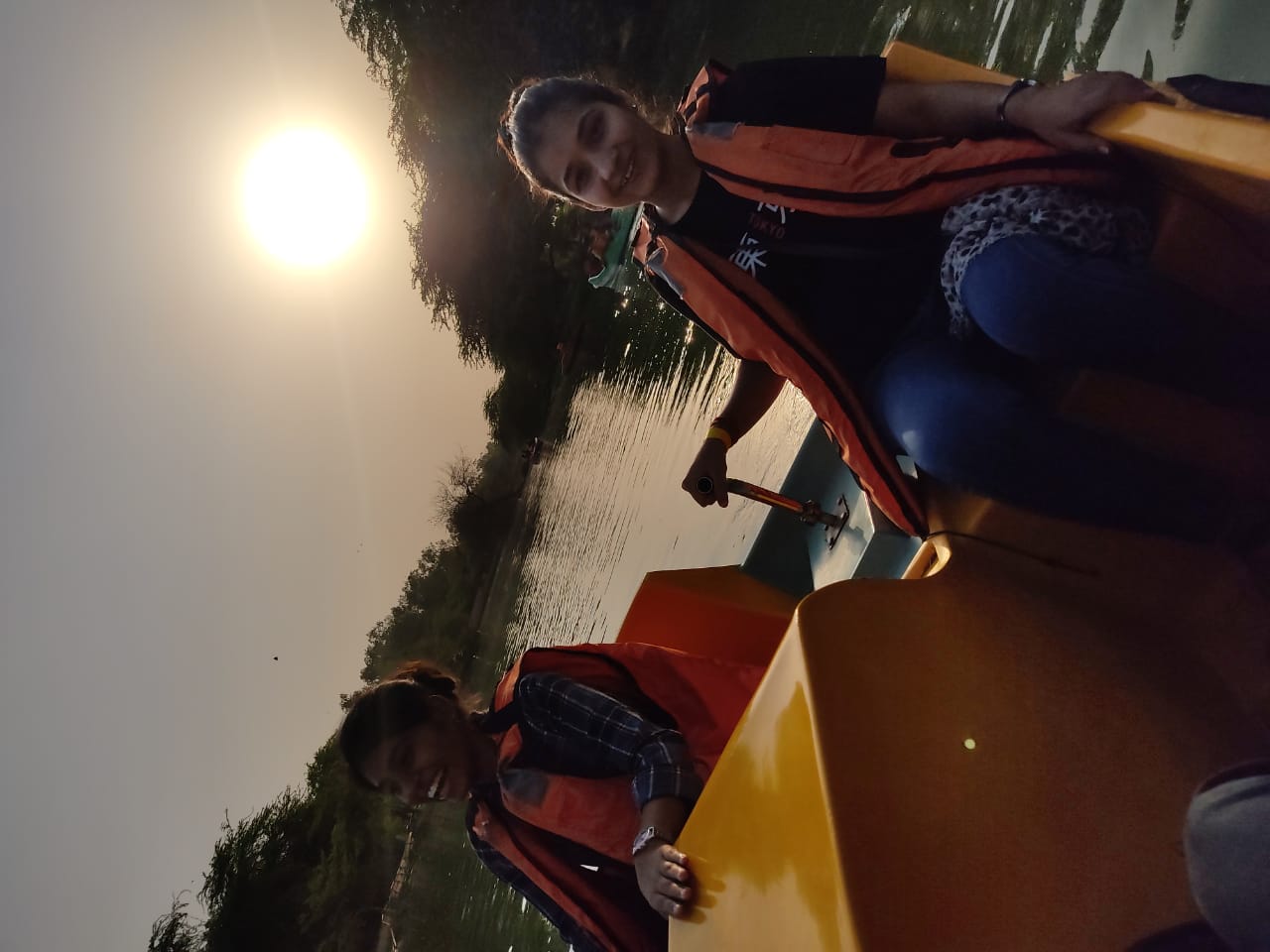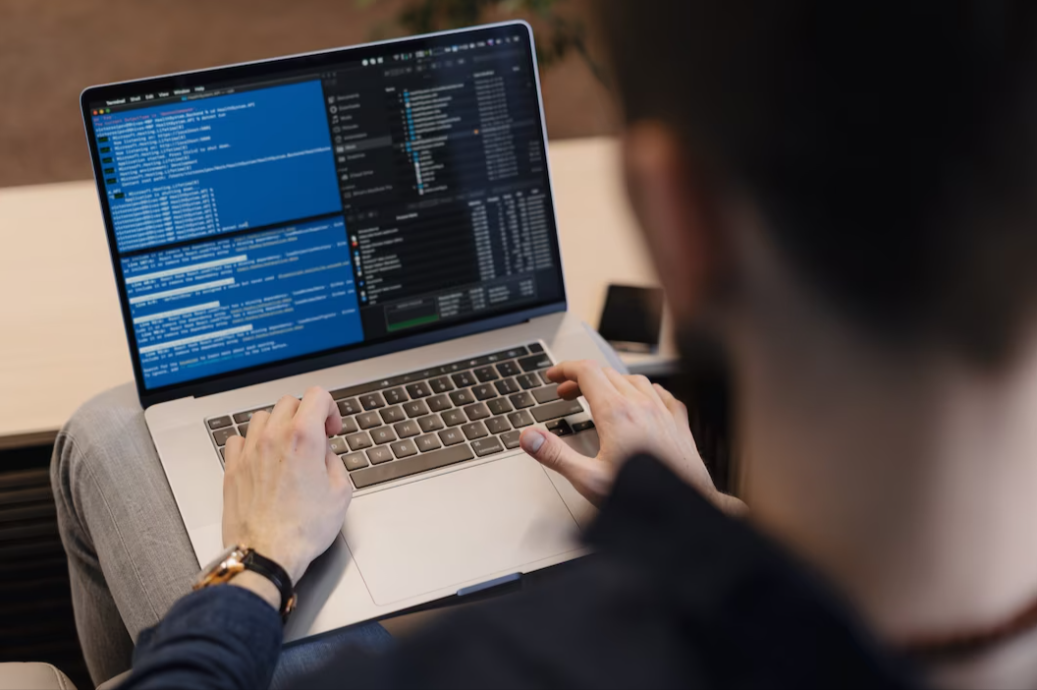8 Best Practices for React Developer Onboarding
 Krishna Kumari
Krishna Kumari
Onboarding new developers into a React project can significantly impact the project's success and the team's productivity. The process of integrating new team members smoothly and efficiently is known as onboarding. For React developers, a well-structured onboarding process can help them understand the project's architecture, coding conventions, and collaboration methods, enabling them to contribute effectively from the get-go. In this article, we will delve into the best practices for onboarding React developers, addressing the challenges that may arise and providing a comprehensive checklist to ensure a seamless onboarding experience.
Onboarding Challenges You May Face and How to Solve Them
1. Complexity of React Ecosystem
The React ecosystem is vast, encompassing various libraries, tools, and state management solutions. New Reactjs developers might feel overwhelmed by the multitude of choices. To address this, provide a curated list of essential libraries and tools used in the project, explaining their purposes and guiding the developers on when to use them.
2. Setting Up the Development Environment
Configuring the development environment can be a daunting task, especially for those unfamiliar with the project's setup. To alleviate this challenge, create detailed setup documentation with step-by-step instructions. Consider using tools like Docker or providing scripts that automate the environment setup process.
3. Understanding Project Architecture
Navigating a complex React project's architecture can be confusing for newcomers. Offer an architectural overview, highlighting key components, data flow, and folder structure. Diagrams and visual aids can make it easier for developers to grasp the overall design.
4. Coding Standards and Best Practices
Maintaining consistent coding standards is crucial for code readability and maintainability. Document the project's coding standards, including naming conventions, code formatting, and code organization. Tools like ESLint and Prettier can help enforce these standards automatically.
5. Collaboration and Communication
New developers might struggle to find their place within the team and adapt to communication channels. Encourage open communication and pair programming sessions, where experienced developers can guide newcomers. Utilize collaboration tools like Slack and video conferencing for effective team interaction.
8 Best Practices for React Developer Onboarding
1. Pre-Onboarding Preparation
Before the new developer's first day, send them relevant resources, such as introductory videos, documentation, and a brief overview of the project's goals. This prepares them mentally and allows them to arrive at some foundational knowledge.
2. Buddy System
Assign an experienced team member as a "buddy" to the new developer. The buddy can offer guidance, answer questions, and help the new developer navigate the initial learning curve.
3. Comprehensive Documentation
Create comprehensive documentation covering all aspects of the project, from environment setup to deployment processes. Include examples and troubleshooting tips to address common challenges.
4. Step-by-Step Tutorials
Provide step-by-step tutorials that guide new developers through common tasks, such as creating components, handling state, and making API calls. Hands-on experience accelerates the learning process.
5. Hands-On Tasks
Assign small coding tasks that align with the project's codebase. This allows new developers to practice their skills, become familiar with the project's structure, and gain confidence in their abilities.
6. Code Reviews
Encourage new developers to participate in code reviews. This not only helps them understand the project's code quality expectations but also facilitates knowledge sharing within the team.
7. Regular Check-Ins
Schedule regular check-in meetings to assess the new developer's progress, address any concerns, and provide constructive feedback. Adjust the onboarding plan based on their needs.
8. Gradual Onboarding
Avoid overwhelming new developers with too much information at once. Gradually introduce them to more complex concepts and project areas as they become comfortable with the basics.
React Developer Onboarding Checklist
Here's a comprehensive checklist to ensure a successful onboarding process for new React js developers:
Pre-Onboarding:
Send introductory resources and project overview.
Provide access to relevant documentation and repositories.
First Week:
Set up the development environment with detailed instructions.
Introduce the buddy and team members.
Walkthrough of project architecture and codebase.
Second Week:
Complete step-by-step tutorials on basic tasks.
Assign small coding tasks aligned with the project.
Third Week:
Participate in code reviews under mentor supervision.
Attend team meetings and discussions.
Ongoing:
Regular check-ins with the new developer to address concerns.
Gradually introduce more advanced concepts and responsibilities.
Conclusion
Effectively onboarding React developers is vital for project success and team cohesion. By following these best practices, you can create a structured and supportive onboarding process that equips developers with the knowledge and confidence to contribute effectively. Addressing challenges head-on, providing comprehensive resources, and fostering open communication will help new developers integrate seamlessly into the team, ultimately enhancing the Reactjs development cycle and overall outcome.
Subscribe to my newsletter
Read articles from Krishna Kumari directly inside your inbox. Subscribe to the newsletter, and don't miss out.
Written by

Krishna Kumari
Krishna Kumari
I am a content writer and social media analyst.